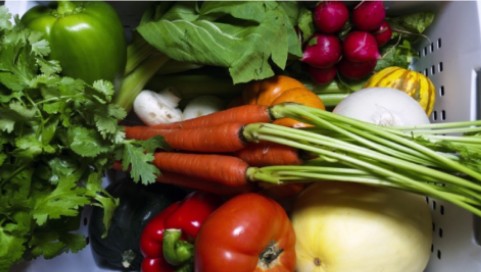Sweet Success: A Guide to Competitive Cake Pricing

Are you a talented baker with a passion for creating delicious and stunning cakes? If so, you’re probably no stranger to the challenge of pricing your cakes competitively while ensuring you get paid what you’re worth. Striking the right balance between affordability and profitability is crucial for sweet success in the competitive world of cake baking and decorating. In this guide, we’ll walk you through the essential steps to help you price your cakes effectively and maximize your bakery’s profitability.
Understanding Your Costs
Before you can set a competitive Cake Pricing, it’s crucial to have a clear understanding of your costs. This includes both direct and indirect expenses associated with your cake business. Here’s a breakdown of some key cost factors:
1. Ingredient Costs
Start by calculating the cost of all the ingredients used in a particular cake. This should include flour, sugar, eggs, butter, flavorings, fondant, and any other materials used for decoration. Don’t forget to account for small items like parchment paper and food coloring.
2. Labor Costs
Your time is valuable, so consider how many hours it takes to bake, decorate, and assemble a cake. Factor in your desired hourly wage, as well as any wages you pay to employees if you have them.
3. Overhead Expenses
Overhead expenses cover fixed costs like rent for your kitchen space, utilities, insurance, and equipment maintenance. Divide these costs by the number of cakes you produce in a given time period to allocate them per cake.
4. Packaging and Delivery
If you offer delivery services or special packaging, be sure to include these costs in your pricing calculations.
5. Miscellaneous Costs
Don’t forget about other miscellaneous expenses, such as marketing, permits, licenses, and taxes. These should also be factored into your pricing.
Pricing Strategies
With a clear understanding of your costs, you can now consider different pricing strategies. Here are a few options to consider:
1. Cost-Plus Pricing
Cost-plus pricing involves adding a markup to your total costs to determine the selling price. The markup percentage can vary depending on your desired profit margin and market conditions. It’s a straightforward method that ensures you cover all your expenses and make a profit.
2. Competitive Pricing
Research your competitors’ prices and aim to offer similar or slightly lower prices for similar quality cakes. However, ensure that your costs are covered even with competitive pricing.
3. Value-Based Pricing
If you have a unique selling point, exceptional skills, or use premium ingredients, you can adopt a value-based pricing strategy to charge a premium price based on the perceived value you offer to customers.
4. Bundle Pricing
Consider bundling cakes with other products or services like cupcakes, cookies, or cake tastings. This can increase the overall value of your offerings and justify higher prices.
Factors Influencing Pricing
Several external factors can influence your pricing decisions:
1. Target Market
Consider the demographics and buying behavior of your target market. Are they willing to pay more for premium cakes, or do they prefer budget-friendly options?
2. Location
Your location plays a significant role in https://cakespricing.com. Businesses in high-cost-of-living areas may need to charge more than those in more affordable regions.
3. Seasonal Demand
Cake demand can fluctuate with the seasons and holidays. Adjust your pricing to account for increased demand during peak times.
4. Competition
Keep a close eye on your competitors and adjust your pricing strategy accordingly. Be prepared to differentiate yourself through quality, creativity, or unique offerings.
Calculating Profit Margin
Profit margin is a crucial metric for evaluating the overall health of your cake business. To calculate it, use the following formula:
Profit Margin=Net ProfitTotal Revenue×100
Profit Margin=
Total Revenue
Net Profit
×100
A healthy profit margin ensures that you’re not just covering costs but also generating profit for growth and sustainability. Aim for a profit margin that aligns with your business goals and industry standards.
The Importance of Pricing Transparency
When presenting your prices to customers, transparency is key. Clearly display your pricing structure on your website, social media, and promotional materials. This helps build trust with potential customers and reduces the likelihood of misunderstandings or surprise charges.
Conclusion
Pricing your cakes competitively is a delicate balance between covering costs and ensuring profitability. Understanding your costs, choosing the right pricing strategy, and considering external factors are all crucial steps in achieving sweet success in the cake business.
Remember that pricing is not set in stone; you can adjust it over time based on market feedback and changes in your costs. By continually evaluating and refining your pricing strategy, you’ll be well on your way to building a thriving cake business that satisfies both your customers’ sweet cravings and your financial goals.






